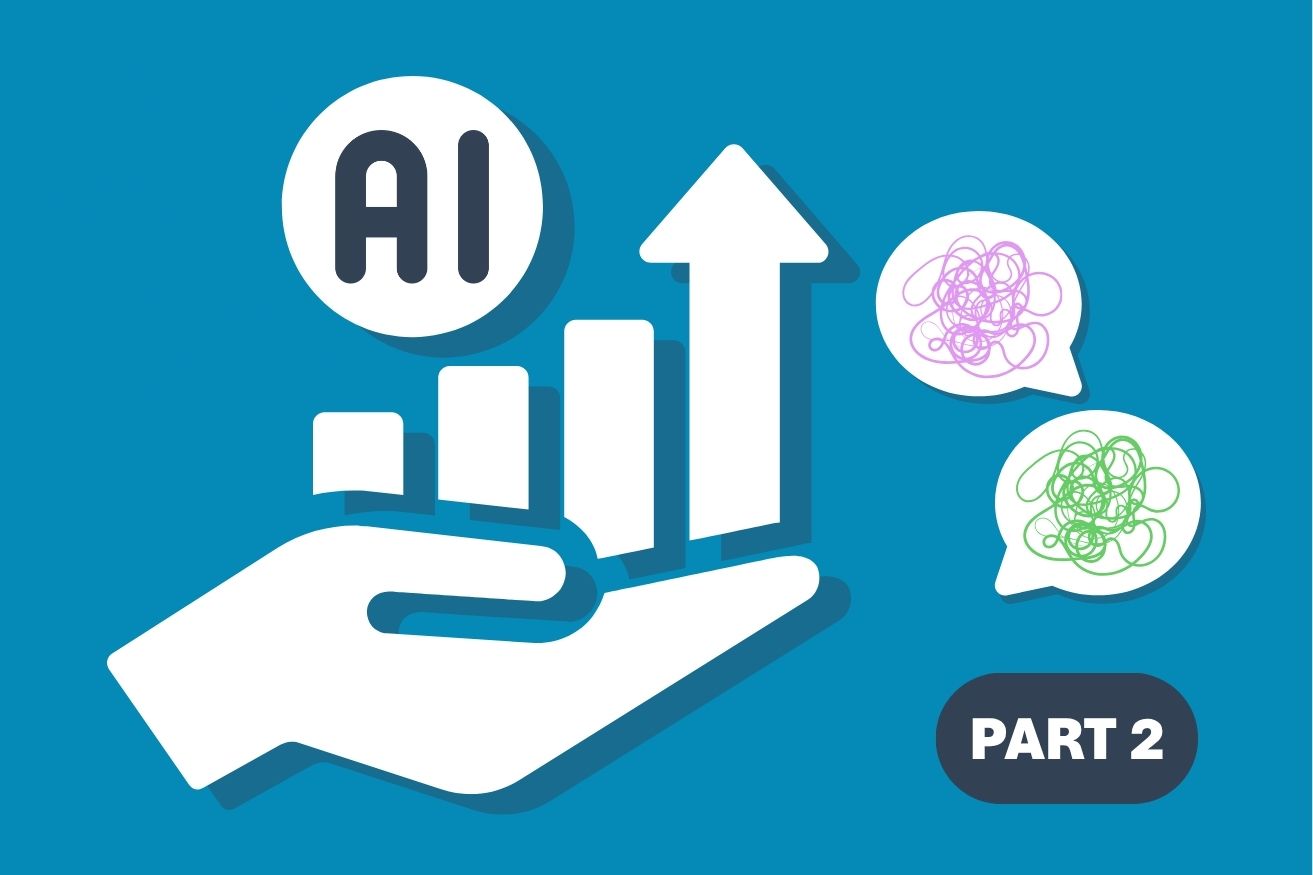Beyond Architecture: How Delight Powers AI Execution Where EAMs Don’t
Data teams today face a familiar yet growing dilemma: the business wants results, not experiments and endless PoCs.
However, behind every data and AI initiative, there’s a long battle for budgets, priorities, urgent ad-hoc requests and the ever-occurring ask to prove the positive impact of the initiative.
Data Product Managers, Data Leaders, and AI teams must not only ensure the positive impact on business numbers but also collaborate across teams, align with strategic goals, deliver in time and track progress from ideation to impact.
But here’s the problem: most of the tools available to help with this task weren’t designed for data and AI teams. They were built for something else.
Also read: Beyond Roadmaps: Why Delight Is Built to Steer Data Portfolios
The rise of EAMs - and their blind spots
Enterprise Architecture Management (EAM) tools market size was estimated at $1.14 billion last year, with predictions steadily growing until 2030. So they're here to stay.
Tools from Gartner’s Magic Quadrant such as Bizzdesign, Bee360, ServiceNow, and Orbus Software emerged to tackle key IT challenges such as strategic IT alignment, application portfolio management, resource allocation across IT programs as well as risk management and regulatory compliance.
And to be fair, customers from IT love these tools for their ability to visualize IT landscapes end-to-end, make data-informed strategic decisions, and have an overview of potential compliance risks.
But they weren’t built for the dynamic, iterative nature of data and AI initiatives.
Why Delight is different: same ambition, but new execution
From the perspective of IT, these tools offer stability and structure, and they are often indispensable when it comes to managing infrastructure-heavy portfolios.
However, the reality for data and AI teams is quite different.
The work of delivering business value through AI does not start with infrastructure. It starts with ideas, hypotheses, and fragmented use cases. Bringing all of this together, often starting as snippets in someone’s notebook, it evolves through experimentation and cross-functional collaboration. It requires constant iteration, business input, and a way to prove impact.
This is where Delight sets itself apart from the EAM tools.
Built to manage data and AI initiatives
While EAMs and Delight may share the ambition of aligning work with strategic goals, the way they approach this is fundamentally different. Delight is not built for managing systems, but for managing data and AI initiatives.
Rather than modelling abstract landscapes, Delight provides a practical, everyday platform for Data Product Managers, their leads, their teams to work from idea to measurable impact. Use cases are not just captured, they are broken down, scored, tracked, and iteratively improved.
Every step in this, yes, slightly chaotic, process is supported directly within the platform.
More than visualization
Where EAMs often stop at visualizing high-level dependencies, Delight goes one step further.
It brings teams together around a shared understanding of business value and the contribution of individual data products to business use cases. It clarifies who is working on what, how individual efforts ladder up to strategic goals, and where bottlenecks or duplication may occur.
The result is a platform not just for planning, but for doing: a place where data teams manage their real portfolio, not just report on it.
Bridging strategy and delivery
What makes Delight especially distinctive is its ability to connect strategy with concrete deliverables.
Unlike EAMs, which often require additional tools to operationalize work, Delight enables teams to scope initiatives, define ownership and manage progress, all while maintaining alignment with senior stakeholders. It handles ambiguity that defines early-stage AI ideas and supports the transition from fuzzy concepts to valuable products.
Delight is not another monitoring layer. It's a workflow environment tailored for people building AI and data solutions every day.
Also read: Steering, Not Just Sprinting: Delight as the Strategic Layer on Top of Jira & Friends
Of course, one could argue that some of this could be configured within an EAM, which is probably not entirely wrong. In smaller teams, early-stage data environments or professionals with high intrinsic knowledge, it might be possible to patch together a lightweight portfolio view using EAMs.
For IT leaders who need quick wins, a few custom fields and templates might be enough to get started. But these setups rarely scale, are not suitable for business users, and they often leave teams juggling between EAMs and local spreadsheets.
In fact, the question arises, if such a setup could also be built with a single spreadsheet. It’s a hack, which tends to create more maintenance overhead than momentum.
IT + data = more than the sum of the parts
The value of Delight becomes even more evident when it is used alongside an existing EAM. Rather than replacing strategic architecture planning, Delight enhances it:
- It feeds real-time data use case progress and value attribution into enterprise planning cycles.
- It helps IT teams see where their systems are actively enabling business impact and helps to detect where additional support might be needed.
- It brings clarity and trust to cross-functional collaboration, not only between data and business, but more importantly, between data and IT teams.
It’s like plugging your EAM into a reality engine, powered by the teams who actually ship and scale AI.
And the best of it: IT teams demonstrate how their infrastructure enables revenue-generating use cases and drives company growth.
In the end: who’s building the AI future?
IT systems might win the prize for neatness and long-term governance. But Delight wins where impact is made. In fast-moving, interdisciplinary teams that need a system of action, not just oversight.
So for those still convinced that their EAMs is “enough”, here is a question worth asking: when your data teams needs to prioritize their next use case or explain their impact to business…which tool do they open first?
Just wondering.
If you’re interested to see Delight in action, book a demo or start your 14-day trial today.




